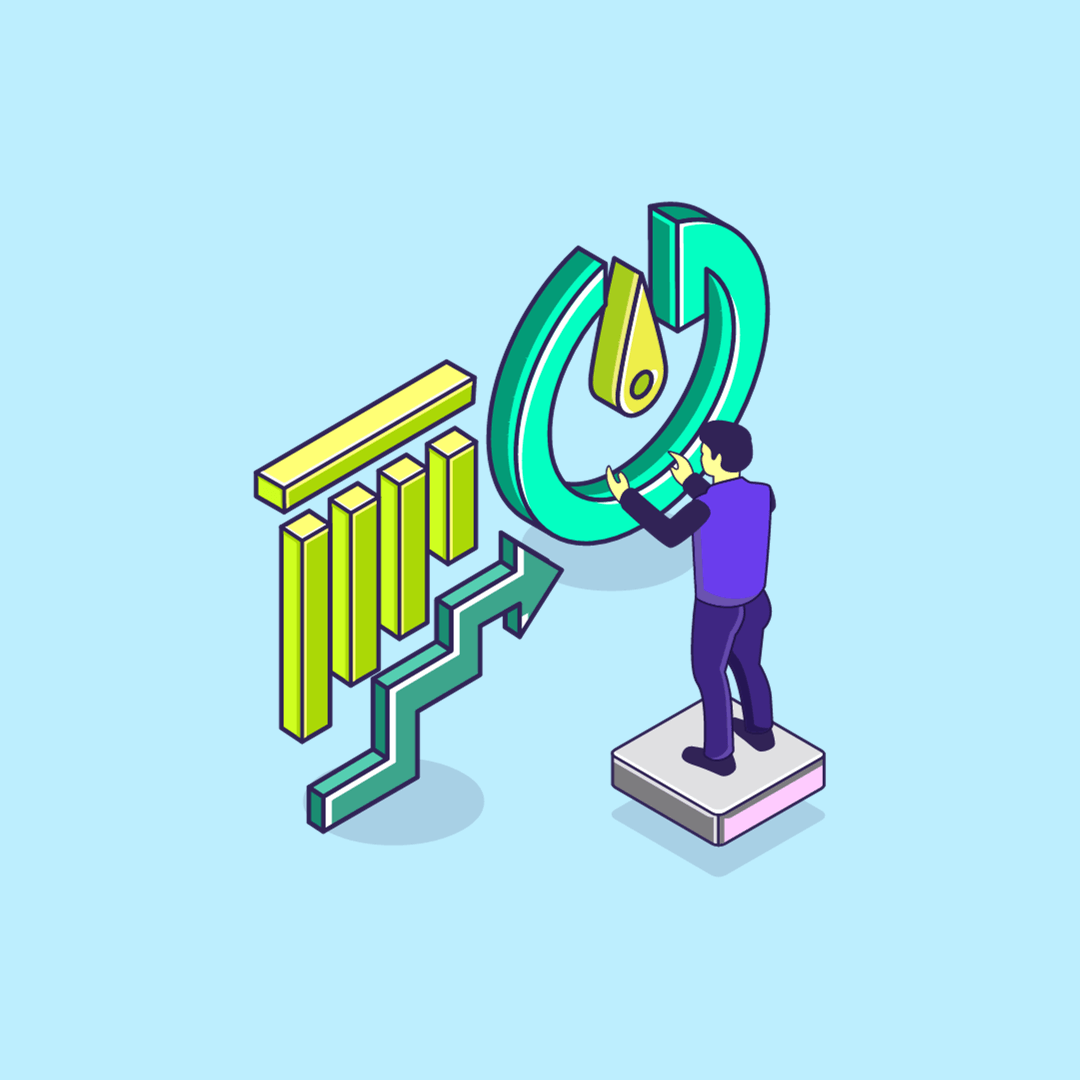

Today, I want to share something crucial with you all—Page Speed! It’s something we often overlook, but it’s more important now than ever before. It’s like the heartbeat of your website, and it can significantly impact your conversion rate.
Page speed is the pulse of user experience on the web. It’s the time it takes for your webpage to load and present content to your visitors. In today’s fast-paced world, users expect webpages to load in the blink of an eye, and if they don’t, it could be costing you big time!
According to Cloudflare, 47% of customers expect a webpage to load in 2 seconds or less. And studies consistently show that the quicker a webpage loads, the more likely a user is to perform the targeted action on that webpage.
Optimizing page speed is crucial for improving user experience and boosting conversion rates. Below are the steps that can be taken to ensure optimal page speed.
The first step in optimizing page speed is to ensure that you are on the right platform that is known for speed. The platform is the foundation of your site, and it should be capable of handling all the functionalities efficiently while maintaining speed. Research and choose a platform that is renowned for its speed and performance. If you don't know what you should choose, just reach out to me here.
Sometimes functions you need to add to your website involves using custom code. While custom code gives you more control and flexibility, it’s essential to use it wisely. Avoid unnecessary and bulky code, and keep it clean and efficient. This will reduce the load time and enhance the page speed.
Images are often the culprits for slow page speeds. Optimize your images by compressing them without compromising quality. Also, use appropriate sizes that suit your webpage. Large, high-resolution images can significantly slow down your page, so it’s crucial to find the right balance between quality and size.
A Content Delivery Network (CDN) is a network of servers that deliver web content based on the user's geographical location. Leveraging a CDN can significantly improve page load times as it allows for quicker and more efficient content delivery. Choose a reliable CDN provider and configure it properly to enhance your page speed.
Optimizing page speed is not a one-time task. It’s an ongoing process that requires continuous monitoring and optimization. Regularly test your page speeds, identify any bottlenecks, and optimize them. Keep abreast of the latest technologies and best practices in web development to maintain optimal page speed.
By following these steps, you can ensure that your webpage is optimized for speed, providing a seamless and enjoyable user experience, which in turn can lead to higher conversion rates.
Conversion rate is the percentage of users who take a desired action on your webpage. It’s tied directly to how much revenue a website generates. For instance, if 100 users visit a page, and 2 users actually make a purchase, then the conversion rate is 2%. It’s a critical metric, and page speed has a huge impact on it.
A delay in page load time can lead to a decline in conversion rate. For example, pages that loaded in 2.4 seconds had a 1.9% conversion rate, and at 5.7+ seconds, the conversion rate was 0.6%.
Several companies have experienced the impact of page speed on conversion rates.
These seemingly small increases in conversion have a huge impact on revenue. If an e-commerce site produces 10 million dollars in sales per year, a 2% increase in conversion rate after improving load time by a second can result in a $200,000 increase in revenue!
Page speed is no longer just a technical metric; it’s a marketing essential. It affects user experience, SEO, and most importantly, conversion rate.
By optimizing page speed, you are not just improving the performance of your website; you are enhancing the user experience and maximizing your revenue potential.
© 2024 Michael Pedrotti